Whether you’ve been using Young Living shampoos and conditioners for years now and are curious about the new reformulations or you’re new to natural hair care and looking to ditch sulfates, silicones, and other synthetics in your hair care products, you’re in the right place! We’ve got all the info you need on what to expect during the transition to clean hair care and how to deal with the in-between phase.
Why should you make the switch?
Sulfates, silicones, and other synthetic chemicals are often found in hair care products—even the expensive ones. Sulfates can actually strip your hair of its natural oil and moisture, leaving it dry and dull, while silicones can build up over time, leaving your freshly washed hair feeling less than clean and looking lifeless.
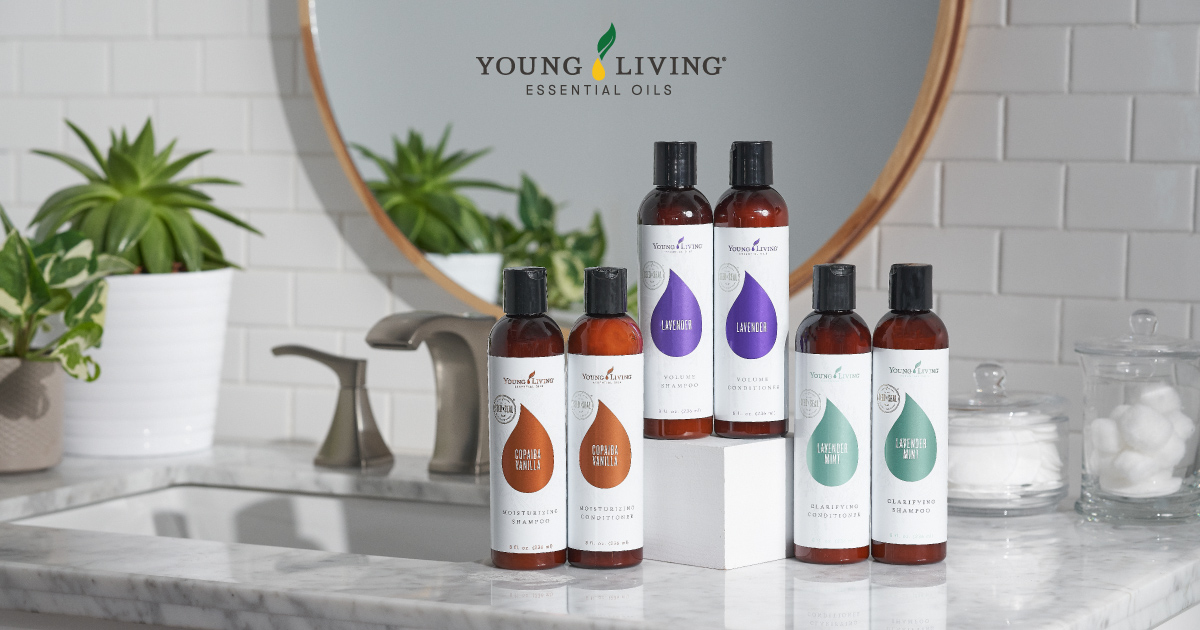
What’s new?
Our newly reformulated shampoos and conditioners contain premium essential oil blends chosen by Young Living Founder D. Gary Young to specifically target the needs of different hair types: Lavender Volumizing for fine/thin hair, Copaiba Vanilla Moisturizing for dry or damaged hair, and Lavender Mint Clarifying for an invigorating deep clean.
The reformulated shampoos and conditioners also contain powerful, plant-based cleansers and botanical extracts that gently cleanse and nourish strands to give you hydrated, healthy-looking hair. You can rest easy knowing that these reformulated shampoos and conditioners meet Young Living’s high standards. These squeaky-clean formulas contain no harsh sulfates, silicones, parabens, phthalates, synthetic preservatives, DEA, or synthetic colors or fragrances, so you can enjoy your healthiest-looking, most beautiful hair yet.
That being said, you may notice some differences in how these formulas behave at first as you transition.

What to expect when you make the switch
- Less lathering: Without sulfates, natural shampoos won’t lather as much as you’re used to; but that doesn’t mean your hair isn’t getting clean.
- Less slip: At first, you may notice the conditioner doesn’t give your hair the silky slip sensation you’re used to. This is normal while your hair gets rid of the silicone buildup.
- More is sometimes more: As you adjust, you may want to use a little more conditioner during this transition phase. Don’t worry: Since our conditioners don’t contain heavy silicones, they won’t weigh down your hair.
- More natural oils (only at first!): Without harsh sulfates stripping oils from your hair, your strands may feel oilier at first, especially at the roots. This is completely normal and should even out over time.
Which shampoo and conditioner should you use for your hair type?
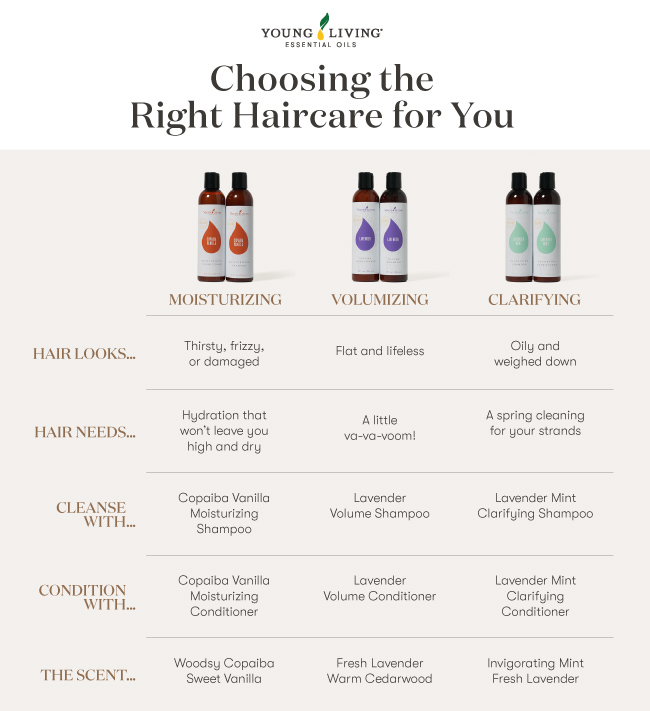
Hair hacks
If you’re midway through the transition, don’t give up! The transition process is just that: a process. Healthy-looking, happy hair is just around the corner. Try some of these tricks to get you through to the other side:
- Apple cider vinegar rinse: Want to speed up the process of detoxing from the mainstream shampoos and conditioners you’re used to? Try the apple cider vinegar rinse found in this blog post to help rid your hair of built-up chemicals and hair products.
- Oil control: With a little extra time and care, brushing with a bristle brush helps distribute all those natural oils from your scalp to the ends of your hair, which will help nourish the hair’s cuticle from root to tip.
- DIY dry shampoo: You can also create a DIY dry shampoo to help keep the oil at your roots under control during the transition.
YL tip: Don’t have time for dry shampoo? Oil blotting sheets (yes, the kind you use on your face) or any translucent powder can help absorb excess oil at your roots.
Get rid of frizz
As we mentioned above, you may initially notice some frizz as your hair and scalp detox from conventional shampoo and conditioner; but a little frizz is no match for these tips for sleek strands:
- Mirah® Lustrous Hair Oil: Try a few drops of Mirah hair oil to help smooth away any extra frizz at the ends of your hair. If you are also struggling with oily hair, avoid putting Mirah near the roots.
- Frizzy hair hack: Check out our blog post dedicated to helping control frizz and keep the sleek look you’re used to.
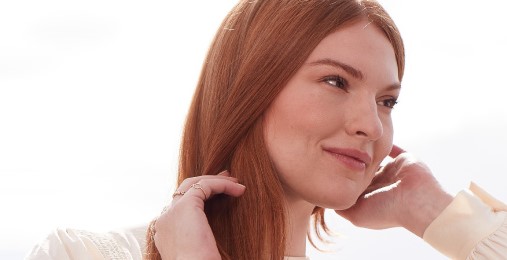
Frizz-friendly hair styles
- Mermaid hair: Embrace the waves—and even a little frizz—in your transition hair with this mermaid hair spray recipe.
- Braids: French braids are a chic way to keep your hair under control and hide any hiccups you may be having while switching to our natural shampoos and conditioners.
Now you know everything you need to make the switch and do hair care the natural way. We’re so excited for your journey away from synthetics and toward bringing out your hair’s unique, natural beauty.
Now that your hair is free of harsh chemicals, make the switch to synthetic-free deodorant and discover how living life naturally is simpler than you think.

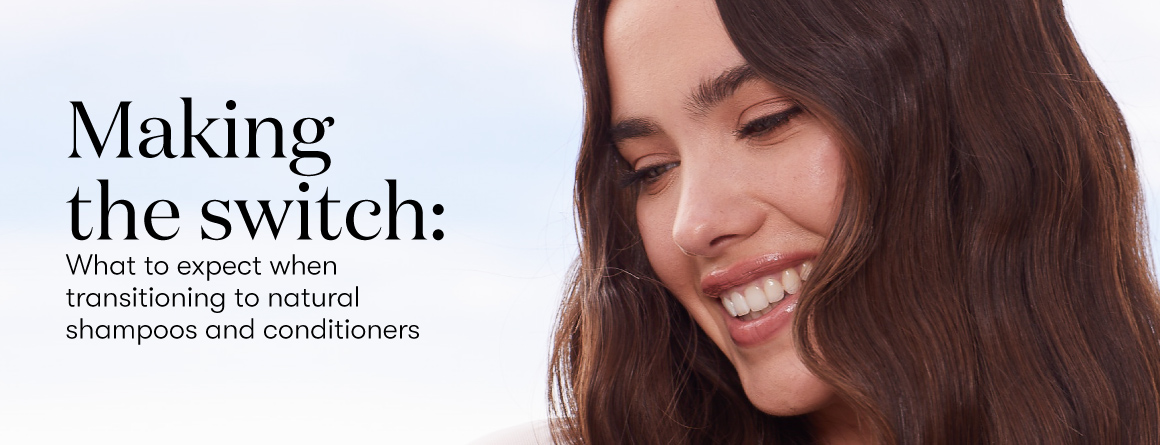
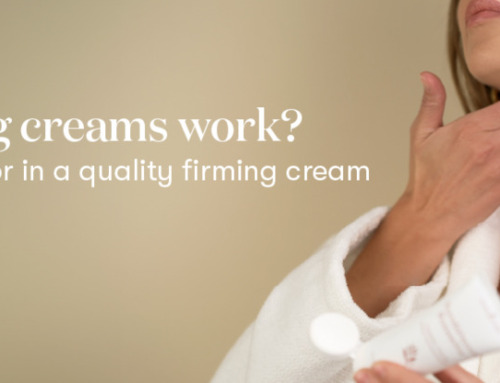
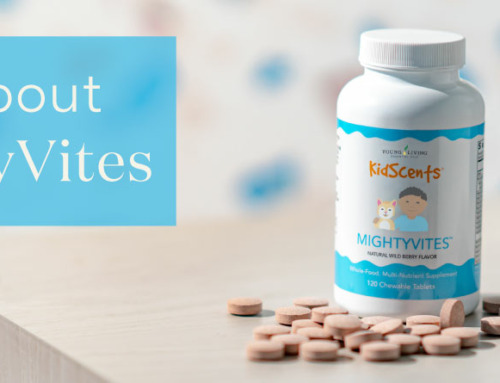
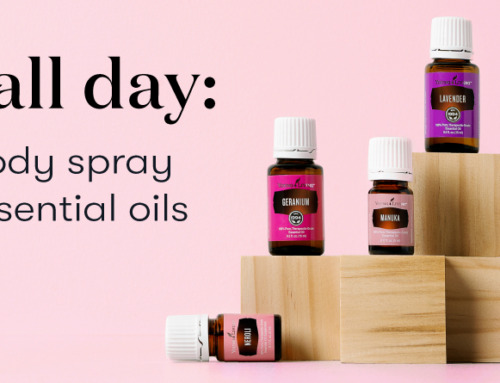
Leave A Comment